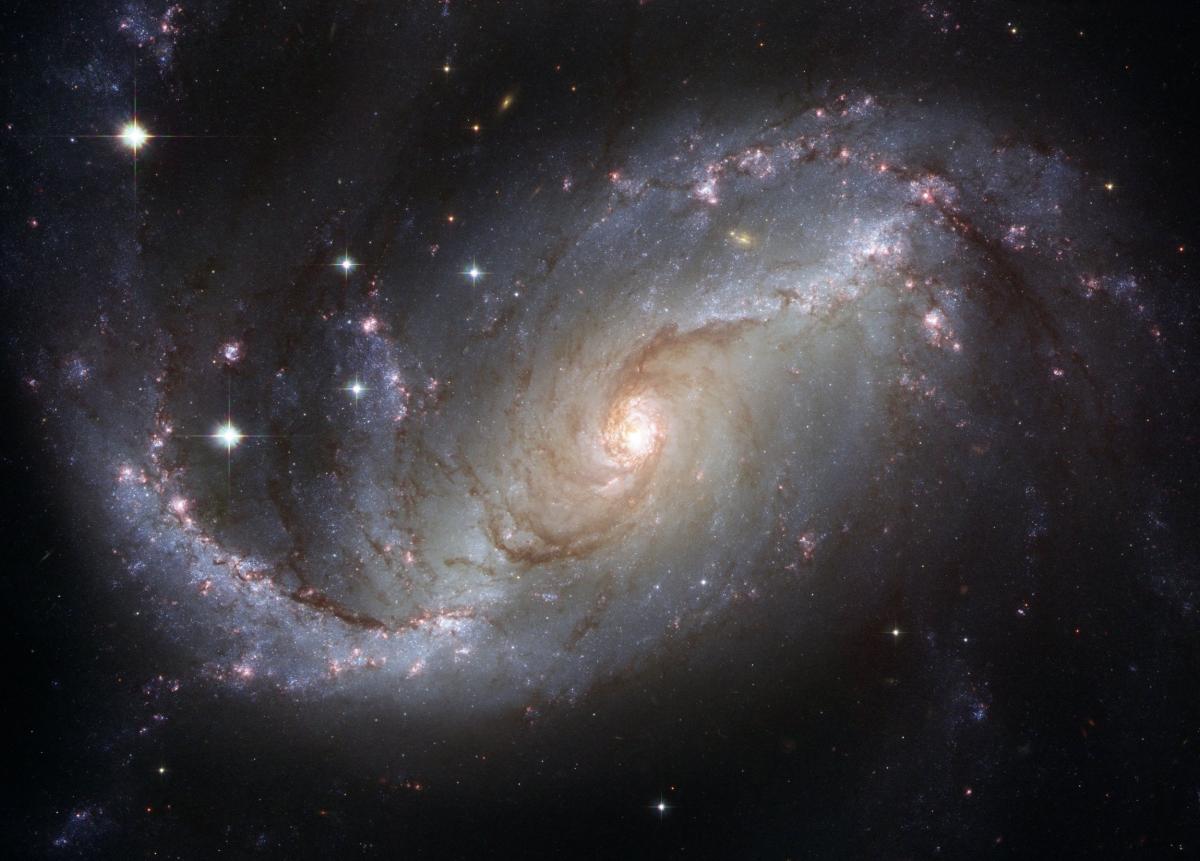
Apparent Motion of the Night Sky
by Christine Mendoza
In this engaging lesson, students will use an online planetarium and participate in a kinesthetic model activity in order to develop and revise a model explaining the apparent motion of the stars in the night sky.
Lesson Grade Level
6th GradeLesson Plan Link/URL
https://docs.google.com/presentation/d/1UwICxpJI4Ch4zFFDDidQZQgQDdcWWpJo/edit?u…Subject Area
Science Earth and Space Science E2: Earth & the Universe Technology 3. Knowledge Constructor English Language Arts (ELA) Writing
Featured
Off
Related Content

Grades:
4th Grade
This lesson explores light energy, hydroponics, and metric measurement conversions (mm, cm, m). Students will identify the ways that different colors of light energy can affect plant growth. They will

Grades:
6th Grade, 7th Grade, 8th Grade
What would you do if you were dropped into the wilderness, with nothing but what you could fit into a backpack, and had to survive harsh weather, a hostile location, and possibly aggressive wildlife

Grades:
7th Grade, 8th Grade, 9th Grade, 10th Grade, 11th Grade, 12th Grade
This is an introduction to exoplanets and their discovery. In the hands-on activity, students make a lightcurve for an exoplanet transit using data from the DIY MicroObservatory Telescope Network.